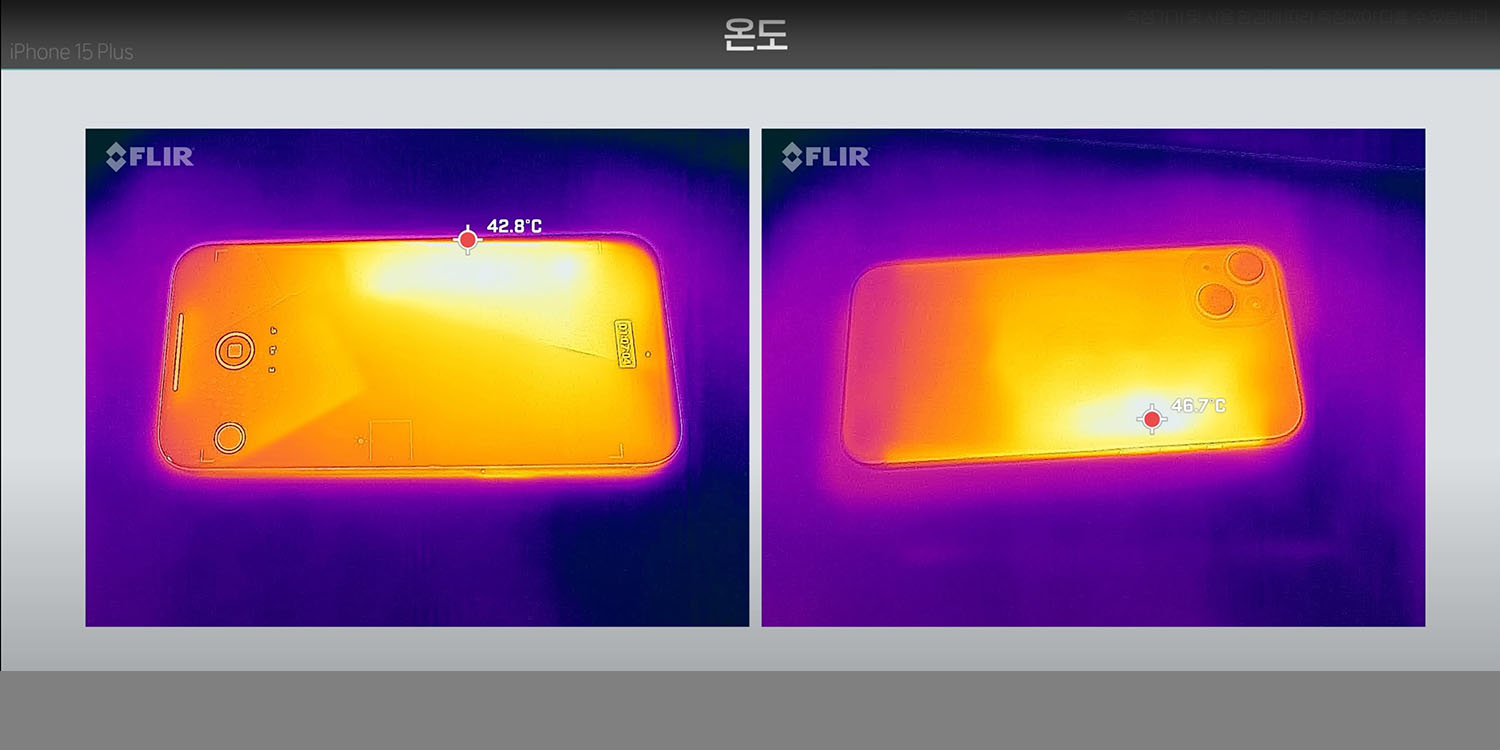StraightEdge
SENIOR MEMBER

- Joined
- Jan 21, 2021
- Messages
- 2,262
- Reaction score
- -6
- Country
- Location

TSMC’s 3-nm Process Under Scrutiny Due to iPhone 15 Pro Overheating Issues
According to industry sources and foreign media reports on Sept. 25, Apple’s newest smartphone, the iPhone 15 Pro, has become embroiled in controversy due to e
According to industry sources and foreign media reports on Sept. 25, Apple’s newest smartphone, the iPhone 15 Pro, has become embroiled in controversy due to excessive overheating of its mobile chip, the A17 Pro. This chip marks the debut of TSMC’s large-scale 3-nm production.
Recently, a Chinese user reported that after running high-end games on the iPhone 15 Pro, the phone temperature soared to 48°C within 30 minutes. Such overheating of semiconductor chips typically indicates design flaws or issues in the manufacturing process such as failure to contain power leakage.
Some in the industry cautiously suggest that there might be a problem with TSMC’s process. One reason behind this suspicion is that some believe the traditional FinFET method has reached its limit in miniaturization. Introduced in 2011, this technique, where a power-controlling interface has three sides, had been the staple for chip design down to 4 nm. TSMC, known as a master of the FinFET method, has led the industry. However, as the size approaches the sub-3-nm domain, controlling current using the FinFET method becomes challenging.
A larger concern is that if the first-generation 3-nm products have defects, subsequent processes based on the same technology might also have issues. TSMC has announced the introduction of several subsequent 3-nm processes, including the second generation N3E, following the first generation N3B.
Previously, Samsung Electronics faced challenges with its 5-nm process and suffered setbacks with subsequent 5-nm and similar 4-nm processes. This resulted in overheating issues in chips mounted in its Galaxy S22. Consequently, major customers like Qualcomm shifted to TSMC. As a result, the market share gap between TSMC and Samsung Electronics widened by over 50.3 percentage points in the last quarter.
Samsung, seeking redemption, introduced a major shift in its 3-nm process by implementing a Gate-All-Around (GAA) structure, which offers more control surfaces. This provides finer current control, reducing power consumption and increasing performance efficiency by about 10%.
According to Hi Investment & Securities, Samsung’s 3-nm yield rate is estimated to be over 60%. In comparison, TSMC’s 3-nm yield rate is around 55%. There are concerns that if doubts regarding TSMC’s 3-nm process yield persist, major customers might simultaneously adopt or shift to Samsung products. TSMC has acknowledged the limits of the FinFET method and announced a switch to the GAA method at 2 nm. However, the move might be delayed, as TSMC, which initially planned to mass-produce 2-nm semiconductors by 2025 and produce prototypes by 2024, is experiencing delays in the construction of its 2-nm plant in Taiwan.
출처 : Businesskorea(https://www.businesskorea.co.kr)
-------------------
I don't want to act oversmart, but I had my doubts earlier. I already posted about this earlier as well.







